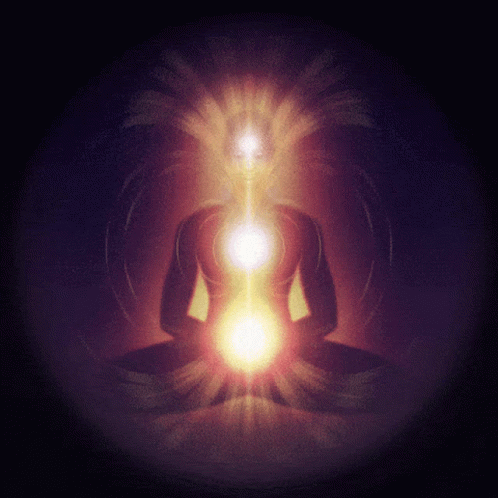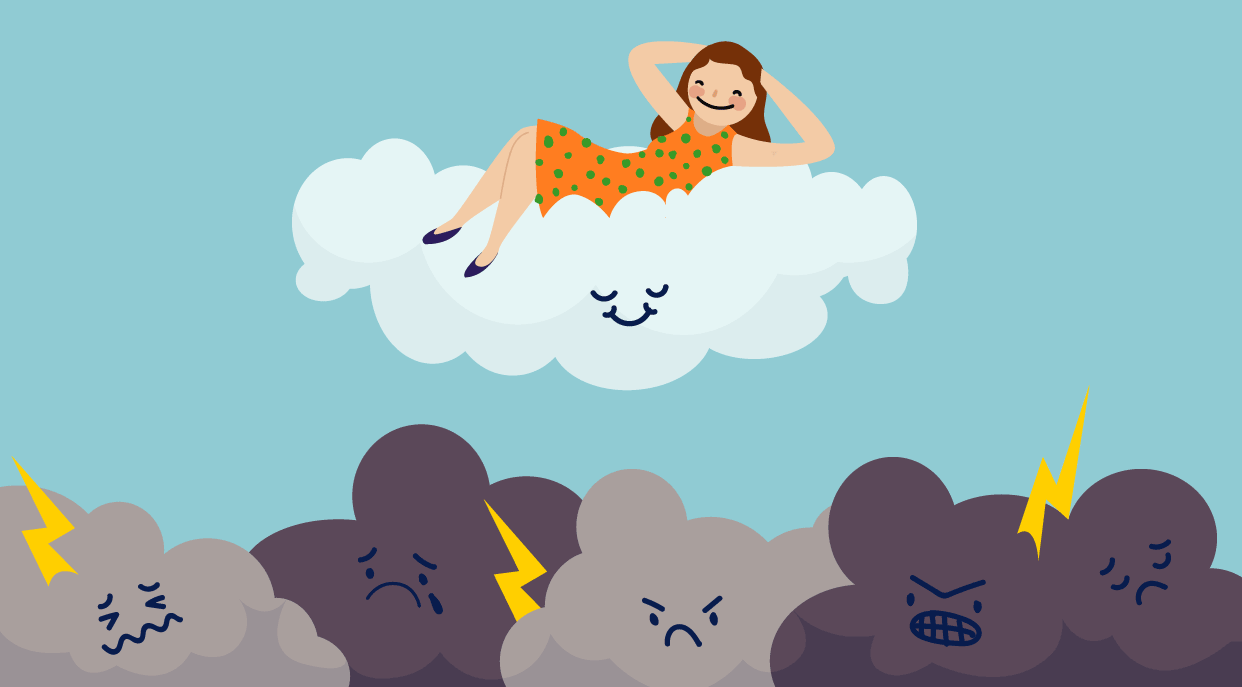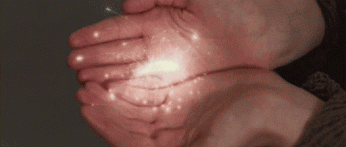Piriformis Syndrome: A Real Pain in the Butt
First off...anytime something is called a "Syndrome", it is typically a red flag for me. It's generally a synonym for "we don't have a clue" and is bandied about when the cause of an illness or cluster of symptoms is a mystery. In the case of Piriformis Syndrome, it is more because it is a controversial diagnosis, and at times, a difficult to diagnose condition since Piriformis Syndrome can masquerade as other common dysfunctions in the lumbo-sacral region. Since more than 16% of all adult work disability evaluations and examinations are performed to rate the patient's partial or total disability associated with chronic low back pain (1), it is important to assess correctly so that the appropriate treatment and intervention can be provided.

So why is this little Muscle such a pain in the butt anyways? The Piriformis muscle stabilizes the hip joint and also facilitates most hip movements as it lifts and rotates the thigh away from the body. This allows us to shift our weight from one foot to another when walking and also helps to maintain balance. Above is an image of the location of the Piriformis muscle, and it's relationship to the Sciatic nerve - the culprit in Sciatica, a condition where pain, numbness, tingling, and a variety of local (buttocks) and referred symptoms (the "sciatica" part into the leg, knee, foot) are experienced.
All of the areas highlighted in red show where pain can be experienced by referral from the compression and irritation of the Sciatic nerve and the Piriformis muscle. Since the Sciatic nerve runs down the leg and branches into smaller nerves all the way into the feet, you can see why this referral pain occurs so easily. Trauma as well as repetitive sitting, running, and lunging can cause the inflammation and compression that results in the described symptoms.

Often, the Piriformis is involved in sciatic nerve irritation as well as SacroIlliac joint pain because it causes sciatic nerve entrapment. Piriformis syndrome mimics Sciatica because in about a quarter of the population, the sciatic nerve runs through or into the Piriformis muscle, or at times both. This anatomical situation predisposes these people to experience Piriformis Syndrome.
Below are variations in how the Sciatic nerve can relate to the Piriformis muscle, and it's easy to see why problems can arise.

Due to the nature of compensation in the body, dysfunction with the Piriformis Muscle can cause:
A dull ache in the buttock
Pain down the back of the thigh, calf and foot (sciatica)
Pain when walking up stairs or inclines
Increased pain after prolonged sitting
Reduced range of motion of the hip joint
Headaches, cervical, thoracic, and lumbosacral pain
Gastrointestinal disorders
It's an even greater pain in the butt when Piriformis Syndrome
also becomes a pain in the neck!
Risk Factors
Being 40+ years of age
Being Female - Women have a 6x greater chance of developing PS due to hip angles
History of trauma to the hips, thigh, or butt
Bulging discs or other spinal issues
Repetitive activities such as running, sitting, or sedentary lifestyle
Poor diet that includes high inflammatory foods
Being overweight or even underweight (poor muscle mass)
Anatomical anomalies
Since Piriformis Syndrome can mimic other conditions, such as a herniated lumbar disc, and it is important to rule these other conditions out. True Sciatica is caused by compression of the Sciatic nerve root in the lower back, often due to degeneration or herniation of an intervertebral disc, but issues in the hip joint itself may also be a contributing factor. Common patterns we look for in clinic include differences in leg length, one leg rotated out further than the other (seen below), among other clinical tests.

How Osteopathy Can Help
Using a variety of osteopathic techniques, we can identify, assess and correct dysfunctional patterns, as well as any compensating patterns that have caused pain and dysfunction elsewhere in the body. As each body is unique, the reasons and referrals will also require unique treatment - there is no one size fits all treatment here! The one common theme in all treatment, though, is that we release, decompress, mobilize and also stabilize areas that are not functioning as they should be. Home exercises and stretches will only help in the long run if the other contributing factors such as compression, compensation, and over/under use of muscles is addressed to resolve any structural imbalances.
At Home Stretches
Be mindful if you do these stretches at home that you are performing them correctly. Ask for assistance before you attempt them if you are uncertain or are concerned about keeping your knees and back protected from injury.


If you've been told that there is nothing that can be done for sciatica or that Piriformis Syndrome doesn't exist, take heart. A pain in the butt doesn't need to be a thorn in your side. Osteopathy can, and does help, and frequently in a short period of time. We've got your back.
1. Centers for Disease Control and Prevention. Prevalence of disabilities and associated health conditions among adults—United States, 1999 [published correction appears in MMWR Morb Mortal Wkly Rep. 2001;50:149]. MMWR Morb Mortal Wkly Rep. 2001;50:120-125.
Finally:
The purpose of this article is to educate. While every effort has been made to ensure its accuracy, its content should not be construed as definitive medical advice or health advice. It is not a substitute for professional examination and advice. Because each individual’s health care needs are unique and because medical knowledge is always evolving, please consult a qualified health care professional to obtain the most accurate recommendations for your needs. Neither the author nor the publisher shall be liable for any outcome or damages resulting from reliance upon the content of this publication.
SaveSaveSaveSaveSaveSave















